Navigating The Future Of Learning: An Insight Into Victoria’s School Term 2025
Navigating the Future of Learning: An Insight into Victoria’s School Term 2025
Related Articles: Navigating the Future of Learning: An Insight into Victoria’s School Term 2025
Introduction
With great pleasure, we will explore the intriguing topic related to Navigating the Future of Learning: An Insight into Victoria’s School Term 2025. Let’s weave interesting information and offer fresh perspectives to the readers.
Table of Content
Navigating the Future of Learning: An Insight into Victoria’s School Term 2025

The landscape of education is constantly evolving, driven by technological advancements, shifting societal needs, and a growing emphasis on preparing students for a future that is increasingly uncertain. Victoria, a state known for its commitment to educational excellence, is at the forefront of this transformation. While a precise blueprint for Victoria’s school term in 2025 is not yet available, a comprehensive examination of current trends and initiatives provides a valuable glimpse into the potential future of learning in the state.
The Foundation: A Focus on 21st-Century Skills
The Victorian education system is already prioritizing the development of 21st-century skills, recognizing their critical role in student success. These skills, encompassing critical thinking, problem-solving, creativity, collaboration, communication, and digital literacy, are essential for navigating the complexities of the modern world. This emphasis is reflected in curriculum frameworks, teacher training programs, and the increasing integration of technology in classrooms.
Technology’s Transformative Role
Technology is not merely a tool for enhancing learning; it is becoming the very fabric of the educational experience. Victoria’s schools are embracing digital platforms, personalized learning pathways, and immersive technologies to create engaging and interactive learning environments. Virtual reality (VR) and augmented reality (AR) are being explored to bring abstract concepts to life, while artificial intelligence (AI) is being utilized to personalize instruction and provide real-time feedback.
Personalized Learning: A Tailored Approach to Education
The traditional one-size-fits-all approach to education is giving way to personalized learning, where students are empowered to learn at their own pace and in ways that best suit their individual needs and learning styles. This paradigm shift necessitates a deeper understanding of each student’s strengths, weaknesses, and aspirations. Data analytics and adaptive learning platforms are playing a crucial role in tailoring learning experiences to individual needs.
Fostering Creativity and Innovation
Creativity and innovation are no longer seen as optional extras but are essential components of a well-rounded education. Victoria’s schools are encouraging students to explore their creative potential through hands-on projects, design thinking workshops, and the development of entrepreneurial skills. This focus on fostering creativity is vital in preparing students for a future where adaptability and problem-solving are highly valued.
Building a Connected Learning Community
Education is increasingly becoming a collaborative endeavor, with schools partnering with parents, communities, and industry leaders to create a holistic learning experience. This interconnected approach is fostering a sense of shared responsibility for student success and promoting a culture of lifelong learning.
Beyond the Classroom: Embracing Experiential Learning
Traditional classroom learning is being complemented by experiential learning opportunities that allow students to apply their knowledge and skills in real-world settings. This can involve internships, apprenticeships, community service initiatives, and field trips that provide hands-on experience and connect classroom learning to real-world applications.
Addressing the Challenges of the Future
While the future of education in Victoria is brimming with exciting possibilities, it is also essential to acknowledge and address the challenges that lie ahead. The digital divide, ensuring equitable access to technology and resources, remains a significant concern. Addressing this requires ongoing investment in infrastructure, teacher training, and digital literacy programs.
A Focus on Wellbeing
The mental and emotional well-being of students is increasingly recognized as a critical factor in academic success. Victoria’s schools are implementing initiatives to promote positive mental health, develop emotional intelligence, and cultivate a supportive learning environment.
FAQs about Victoria’s School Term 2025
1. Will all Victorian schools be equipped with the latest technology by 2025?
While the Victorian government is investing heavily in technology infrastructure, a complete digital transformation across all schools by 2025 is unlikely. The process will be gradual, with a focus on ensuring equitable access and effective integration of technology into the curriculum.
2. What are the key changes in curriculum expected by 2025?
The curriculum is likely to be more interdisciplinary, project-based, and focused on developing 21st-century skills. The emphasis will shift from rote learning to critical thinking, problem-solving, and creative application of knowledge.
3. How will personalized learning be implemented in Victorian schools?
Personalized learning will be facilitated through adaptive learning platforms, data analytics, and a more individualized approach to instruction. Teachers will be equipped with the skills and tools to tailor learning experiences to individual student needs.
4. How will the Victorian education system address the digital divide?
Addressing the digital divide will require a multi-pronged approach, including:
- Investment in infrastructure: Providing access to reliable internet connectivity and high-quality devices in all schools.
- Teacher training: Equipping teachers with the skills and knowledge to effectively integrate technology into their teaching practices.
- Digital literacy programs: Providing students with the skills they need to navigate the digital world safely and effectively.
Tips for Navigating Victoria’s School Term 2025
- Embrace change: The education landscape is constantly evolving, so be open to new technologies, approaches to learning, and the challenges they present.
- Develop digital literacy skills: Ensure you are comfortable using technology for learning, research, and communication.
- Foster critical thinking and problem-solving skills: These skills will be invaluable in navigating an increasingly complex world.
- Embrace collaboration: Work with your peers, teachers, and parents to create a supportive and collaborative learning environment.
- Seek out experiential learning opportunities: Apply your knowledge and skills in real-world settings to gain valuable experience and make connections.
Conclusion
Victoria’s school term in 2025 is poised to be a transformative period in the state’s educational history. By embracing technological advancements, prioritizing personalized learning, and fostering creativity and innovation, Victoria is positioning itself to prepare students for the challenges and opportunities of the future. The journey towards this future will require ongoing collaboration, investment, and a commitment to ensuring that all students have access to a high-quality education that equips them for success in a rapidly changing world.
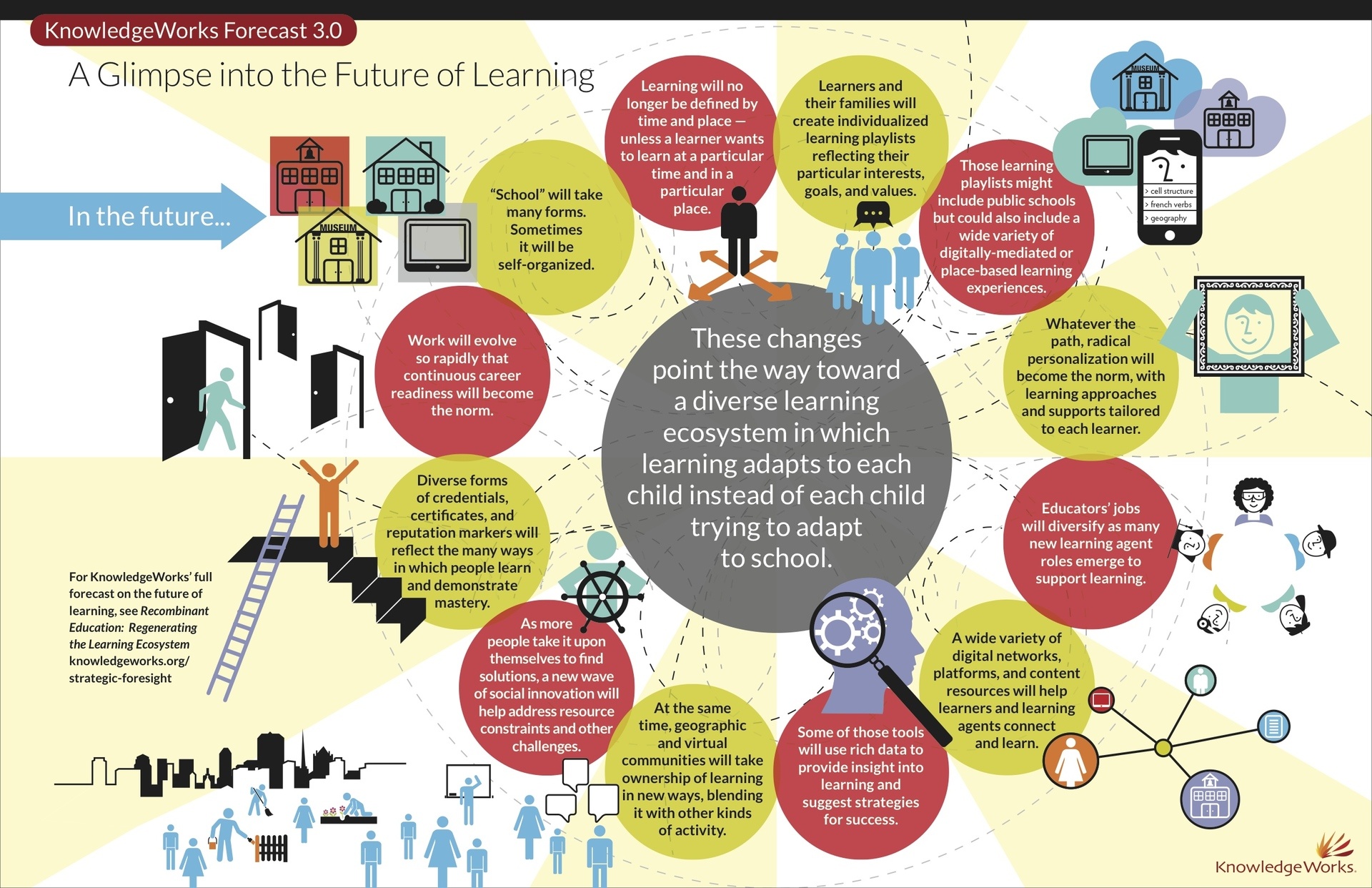
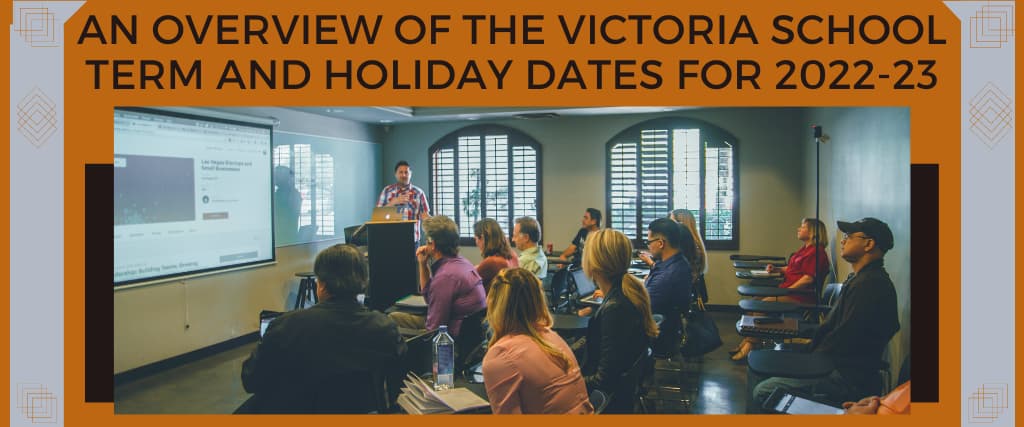
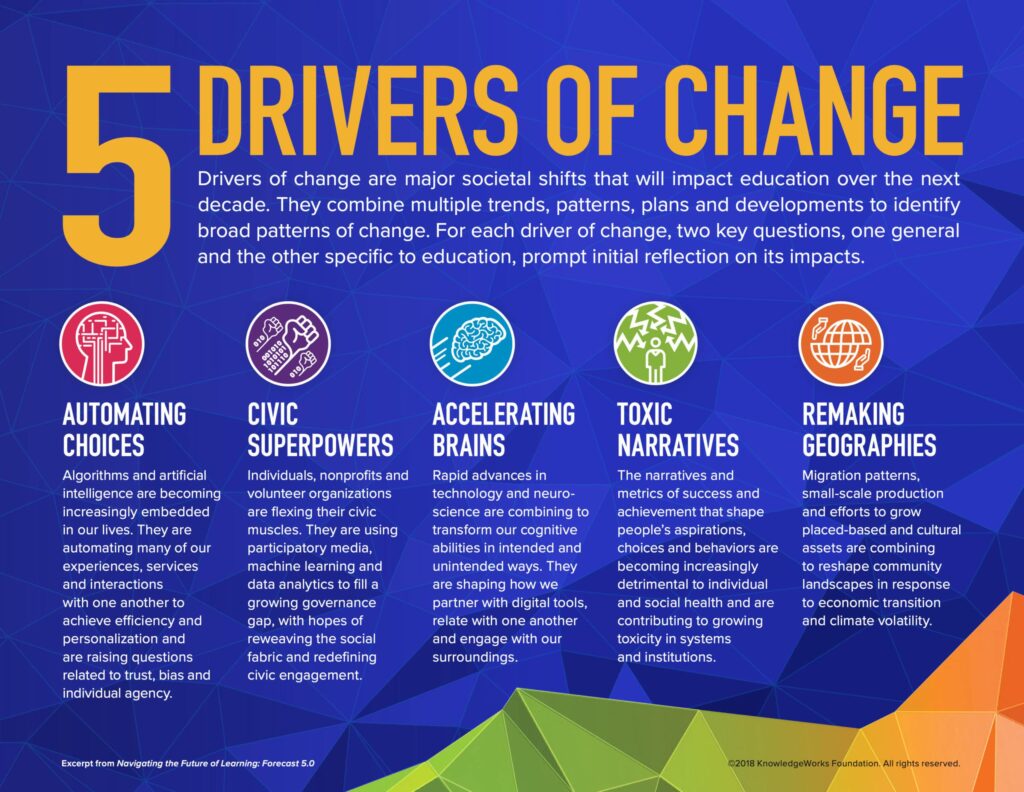

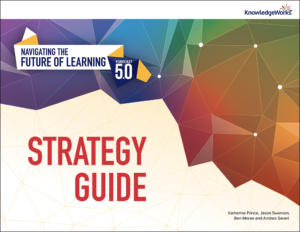
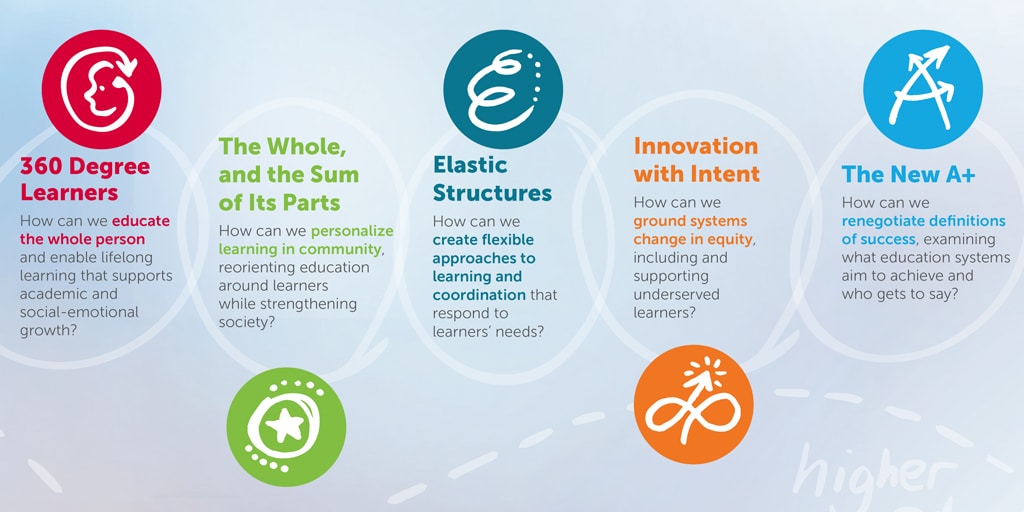

Closure
Thus, we hope this article has provided valuable insights into Navigating the Future of Learning: An Insight into Victoria’s School Term 2025. We thank you for taking the time to read this article. See you in our next article!
